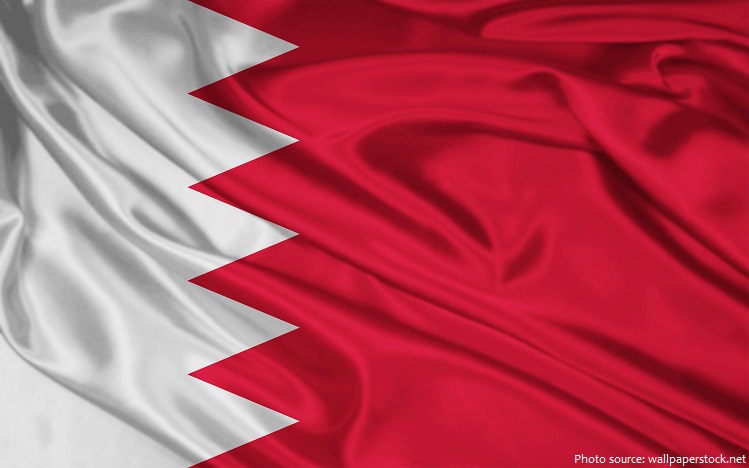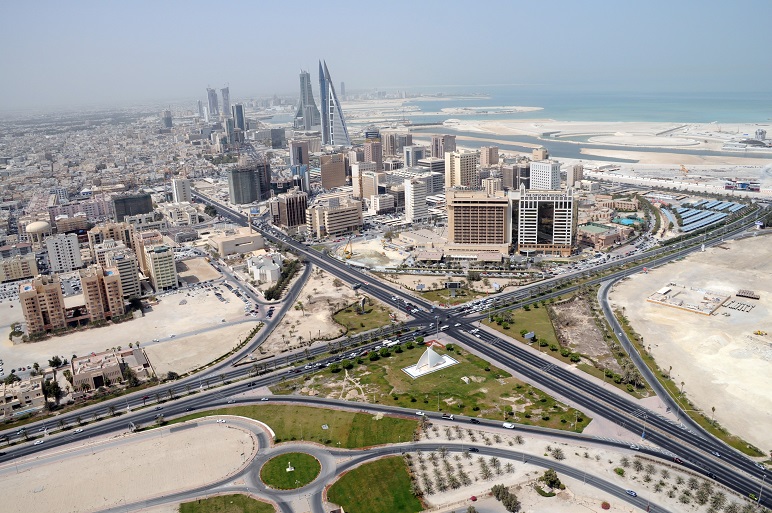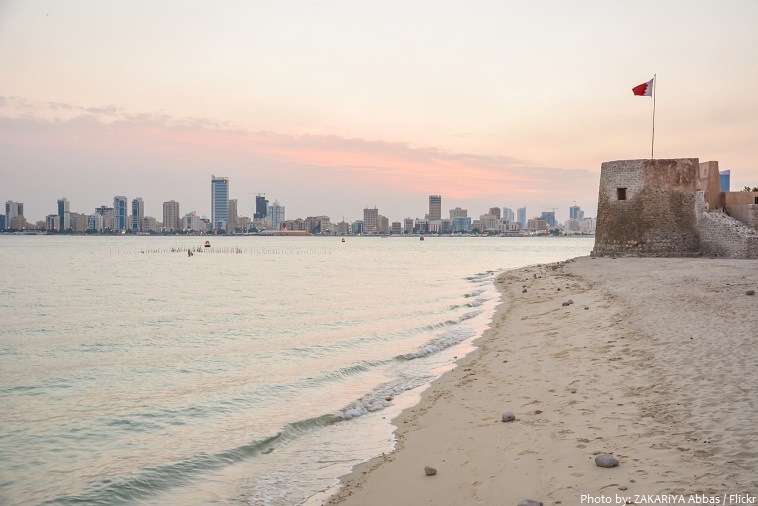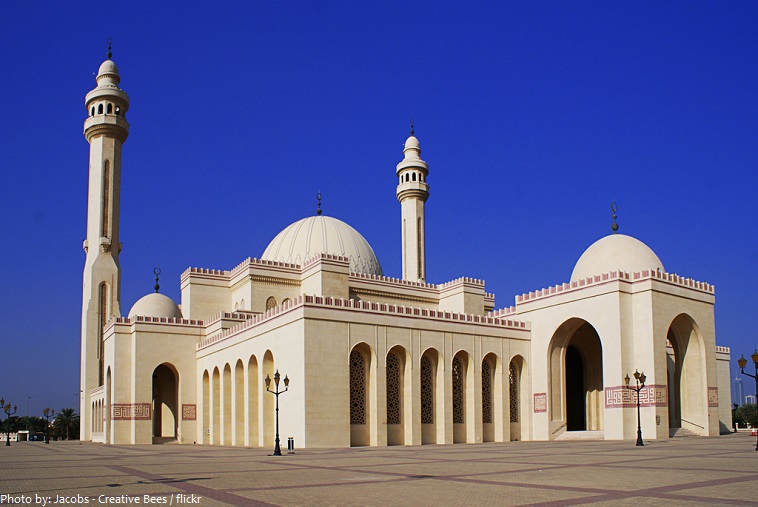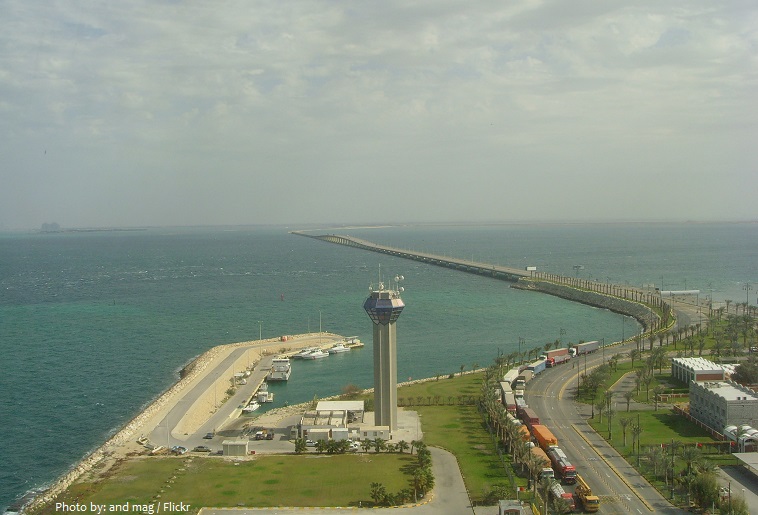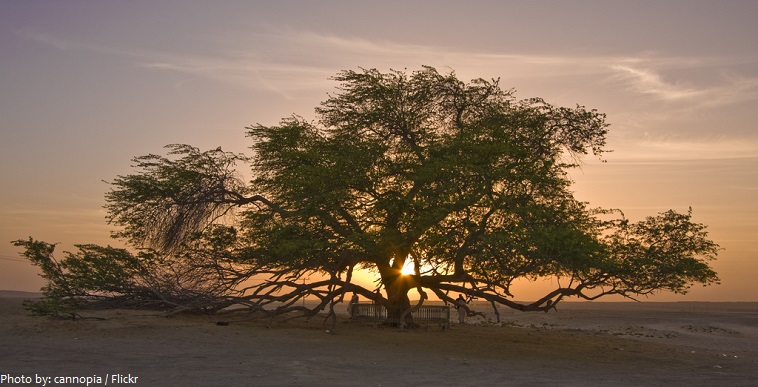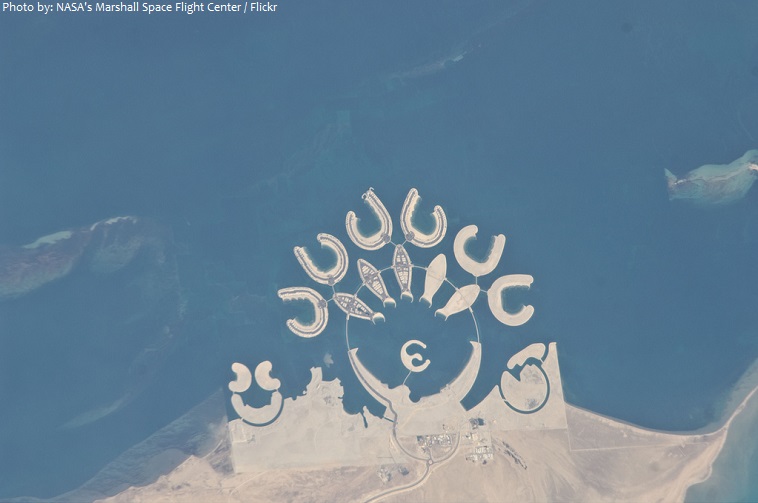Bahrain, a nation comprising more than 30 islands in the Persian Gulf, has been at the center of major trade routes since antiquity.
The official name of the country is the Kingdom of Bahrain.
The island state is situated in the Persian Gulf, east of Saudi Arabia, north of Qatar.
The official language is Arabic.
As of 1 January 2016, the population of Bahrain was estimated to be 1,393,661 people.
Bahrain has a total area of 765 square kilometers (295 square miles) making it the third smallest nation in Asia after the Maldives and Singapore.
Manama is the capital and largest city of Bahrain. Long an important trading center in the Persian Gulf, Manama is home to a very diverse population.
Bahrain is a generally flat and arid archipelago. It consists of a low desert plain rising gently to a low central escarpment with the highest point the 134 meters (440 feet) Mountain of Smoke.
Bahrain has 2 UNESCO world heritage sites.
The Bahrain pearling trail is a 3.5 kilometers (2.2 miles) trail located in the island of Muharraq, in Bahrain. Pearling in Bahrain has occurred since 2000 BC. The pathway consists of 17 buildings in Murharraq, 3 oyster beds located in the nearby sea, a segment of the coast and the seafront Bu Mahir fortress in the southern tip of Muharraq. The trail was inscribed as a UNESCO World Heritage Site on June 30, 2012.
The Qal’at al-Bahrain also known as the Bahrain Fort and previously as the Portugal Fort is an archaeological site.Archaeological excavations carried out since 1954 have unearthed antiquities from an artificial mound of 12 meters (39 feet) height containing seven stratified layers, created by various occupants from 2300 BC up to the 18th century, including Kassites, Portuguese and Persians. It was once the capital of the Dilmun civilization and was inscribed as a UNESCO World Heritage Site in 2005.
The grand Al Fateh Mosque is both Bahrain’s largest place of worship and among one of the largest mosques in the world. It was built under the patronage of the late Sheikh Isa bin Salman Al Khalifa in 1987 and was named after Ahmed Al Fateh. The mosque accommodates up to 7000 worshippers and is crowned with the largest fiberglass dome in the world.
The King Fahd Causeway is a series of bridges and causeways connecting Saudi Arabia and Bahrain. The idea of constructing the causeway was based on improving the links and bonds between Saudi Arabia and Bahrain. Surveying of the maritime began in 1968, and construction began in 1981 and continued until 1986, when it was officially opened to the public.
The Tree of Life in Bahrain is an approximately 400 year-old, 9.75 meters (32 feet) high Prosopis cineraria tree. The tree stands on top of a 7.6 meters (25 feet) high sandy tell that formed around a 500-year-old fortress. The tree is a local tourist attraction, visited by approximately 50,000 tourists every year.
A sizeable portion of the Bahrain land is reclaimed land that is made by filling the shallow coastlines or joining sand bars by sand or landfill.
Known in ancient times as Dilmun, Bahrain was an important center of trade by the 3rd millennium B.C. The islands were ruled by the Persians in the 4th century A.D. , and then by Arabs until 1541, when the Portuguese invaded them. Persia again claimed Bahrain in 1602. In 1783 Ahmad ibn al-Khalifah took over, and the al-Khalifahs remain the ruling family today. Bahrain became a British protectorate in 1820. It did not gain full independence until Aug. 14, 1971.
A new constitution in 2002 provided for an elected parliament and gave women the right to vote and stand as candidates.
In Arabic, Bahrayn is the dual form of bahr (“sea”), so Bahrayn means “two seas“.
Bahrain has been famed since antiquity for its pearl fisheries, which were considered the best in the world into the 19th century.
Since the 1930s the oil industry has replaced pearl diving, and Bahrain has become a financial and communications hub.
Ever since it was declared a kingdom in 2002, Bahrain has been one of the fast developing nations.
Bahraini cuisine is a mixture of Arabic, Persian, Indian, Balochi, African, Far East and European food due to the influence of the various communities present as Bahrain was an important sea port and trading junction since ancient times.
Chicken Machboos, or Machboos ala Dajaj (“spiced chicken and rice”), is the national dish of Bahrain.
Qahwah (Arabic coffee) is the national beverage, while tea is drunk for hospitality.
Bahrain is known for its scorching summer where temperature can reach up to 50°C (122°F).
